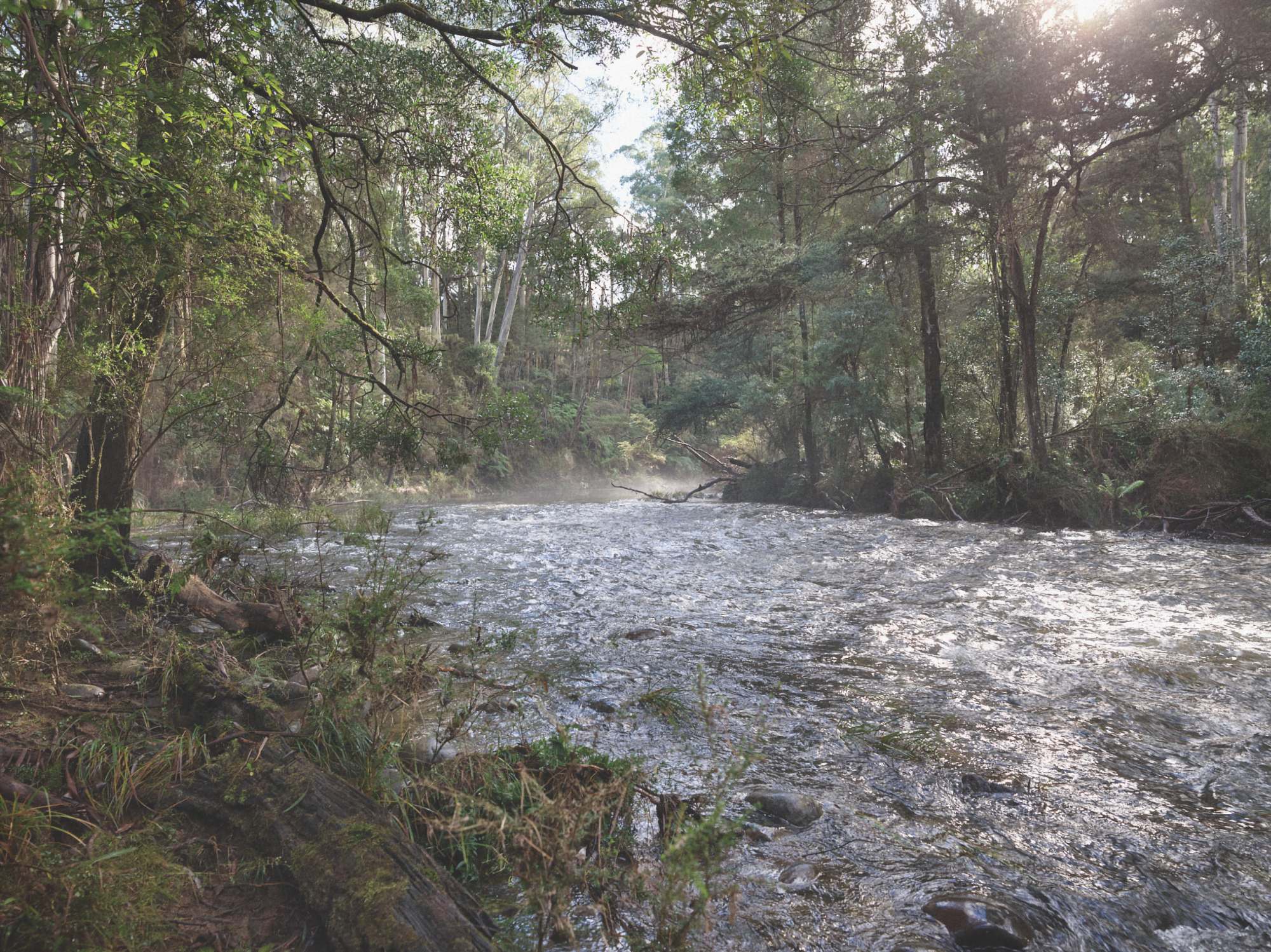Overview
Welcome to Country
Foreword
Introduction
Preface
Essays


Victoria Lynn
Director, TarraWarra Museum of Art
WILAM BIIK is the second exhibition to be presented as part of Yalingwa, a Victorian Government initiative. Yalingwa is a partnership between the Victorian Government, the Australian Centre for Contemporary Art (ACCA) and TarraWarra Museum of Art, designed to support the development of outstanding contemporary Indigenous art and curatorial practice. It includes three new curatorial positions and three major exhibitions alternating between ACCA and TarraWarra Museum of Art, focused on new commissions by contemporary Indigenous artists.
This exhibition is part of our Museum’s long-term commitment to exhibit and commission work by First Peoples artists and to work with Aboriginal and Torres Strait Islander curators to achieve this.
WILAM BIIK is curated by Stacie Piper who describes the exhibition as follows: ‘WILAM BIIK is an exhibition arising from the unsevered connection between First Peoples of South East Australia, their Country, and their Ancestors. In the Woiwurrung language of the Wurundjeri people, Wilam Biik means ‘Home Country’. Wilam Biik is the Soil, the Land, the Water, the Air, the Sky and the Animals that reside within. It is the only home we know, and we revere it for its sacred exchange. A home where custodial rights and responsibilities have never been ceded. The First Nations people of the South East Australian region
are a part of Communities and Ancestral stories which extend through deep time. Wilam Biik is a place we connect to when we need to go within ourselves, when we seek our truth’.
The original exhibition at TarraWarra opened with a group of highly significant Ancestral personal tools, adornments and paintings on loan from Museums Victoria, Koorie Heritage Trust, State Library of Victoria, Art Gallery of Ballarat, Queensland Art Gallery | Gallery of Modern Art, and an anonymous private collection, which are referred to in the catalogue essays.
As the curator explains, ‘When we honour Country, we need to honour the Liwik (Ancestors) first’. Stacie is herself a Wurundjeri, Dja Dja Wurrung and Ngurai Illum Wurrung woman, and her curation of this exhibition honours the ‘homecoming’ of these Ancestral works to her own Country. As a member of the Djirri Dirri Wurundjeri Women’s Dance Group, whose video installation is a part of the exhibition, Stacie invites us to consider the importance of place from a First Peoples’ perspective:
‘How do we see Country?
How do we listen to Country?
How do we connect to Country?’
The curator has included ten new commissions by contemporary First Peoples artists from the South East of Australia. Ranging across different Countries, generations, language groups, media and aesthetic styles, these works provide us with an inspiring opportunity to understand and gain deeper insights into the artists’ own perceptions of ‘Home Country’.
The Museum thanks all of the artists involved, Paola Balla, Deanne Gilson, Kent Morris, Glenda Nicholls, Steven Rhall, Nannette Shaw, Kim Wandin, Arika Waulu, Rhiannon Williams, and the Djirri Djirri Wurundjeri Women’s Dance Group. Our collaboration with ACCA would not have been possible without my fellow members of the Yalingwa Advisory Committee — Aunty Joy Murphy Wandin AO, Kylie Belling, Max Delany, Hetti Perkins and Hannah Presley — who have provided expert guidance to both Stacie and the Museum along the way.
Stacie worked with the Museum from June 2019 to November 2021. Working through six ‘lockdowns’ due to the pandemic, Stacie is to be congratulated for presenting a wondrous exhibition that, along with her insightful essay in this catalogue, will have an enduring impact on the artists, the community, and the broader public. During her time with the Museum, Stacie was a remarkable inspiration to the staff and Board, and on behalf of us all I thank her for her deep commitment to this project. I also want to thank Curator, Anthony Fitzpatrick and our Exhibition Managers, Michelle Mountain (until 16 April 2021) and Charlotte Christie (from 8 April 2021), for the mentorship and assistance they provided Stacie and to Charlotte Carter who has supported the project since joining the Museum in December 2021.
We also acknowledge the generosity of the lenders: Museums Victoria, Koorie Heritage Trust, State Library of Victoria, Art Gallery of Ballarat, Queensland Art Gallery | Gallery of Modern Art, and the anonymous private collector.
I would like to also thank Senior Wurundjeri Elder Aunty Joy Murphy Wandin AO for her assistance with this project, and for her moving Welcome to Country in the catalogue. My gratitude is also extended to Kimberley Moulton, Yorta Yorta woman and Senior Curator South Eastern Aboriginal Collections for Museums Victoria, and Wurundjeri Elder Uncle Dave Wandin for their unique and informative essays.
This exhibition would not have been possible without the Victorian Government’s Yalingwa initiative. In addition, the Museum has received substantial and much appreciated support from: Perpetual (Margaret Lawrence Bequest), Helen Macpherson Smith Trust, and Yarra Ranges Council, each of whom see value in honouring and assisting South East Australian Aboriginal artists in their respective journeys.
TarraWarra Museum of Art acknowledges NETS Victoria in their support of this exhibition as it tours Victoria and their commitment to providing access to exceptional art to regional audiences across Victoria. We are tremendously grateful to our founding patrons, Marc Besen AC and the late Eva Besen AO for their remarkable gift of the Museum and its collection; the Inaugural Foundation Supporter: the Besen Family Foundation; the TarraWarra Museum of Art Foundation; the Board of TarraWarra Museum of Art; the major sponsors: Probuild, Arnold Bloch Leibler Lawyers and Advisers, Chubb Insurance Australia, AON, and the Balnaves Foundation; our major partners: Paoli Smith Creative, IAS Fine Art Logistics, and the RACV; our education program supporters: Scanlon Foundation, Erdi Foundation, and Bennelong Foundation.
Finally, I extend my heartfelt thanks to staff and volunteers at the Museum who continue to be driven by passion and commitment.
Victoria Lynn
Director, TarraWarra Museum of Art

